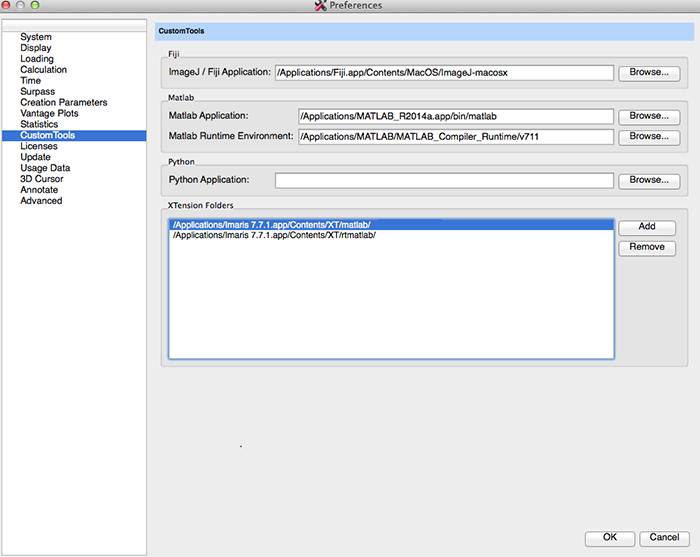
Bacterial suspensions of scraped cultured colonies were prepared in sterile phosphate-buffered saline (PBS 1X, pH 7.4) and their titer was estimated by measuring the optical density value at 600 nm (OD 600) and adjusted to 0.5, equivalent to 4 × 10 8 CFU/mL, before a further confirmation by plate counting. The bacterium host range consists of over 600 plant species, mainly perennial, with most of the infected species that do not show remarkable alterations.įor this study, the Xfp strain ‘De Donno’, isolated from infected olive trees in Salento (Apulia, Italy) and grown on PD3 agar plates at 28 ☌ for seven days, was used. Conversely, the long-distance bacterium dissemination and establishment occurs through international movements of infected plant materials. In natural conditions, it spreads locally by xylem-feeding insects of the Cicadellidae and Aphrophoridae families. The main symptoms visible are leaf scorching, twig desiccation, and gradual plant dieback. The bacterium multiplies and colonizes the vascular system of the host plants, where it produces cell aggregates which cause the occlusion of xylem vessels and affect the water and minerals carriage. Xylella fastidiosa ( Xf) is a non-flagellate, Gram-negative phytopathogenic bacterium belonging to the Xanthomonadaceae family, evaluated as a ‘priority pest’ in Europe (Regulation EU 2019/1702), since it causes severe diseases worldwide, such as Pierce’s disease in grapevines, citrus variegated chlorosis (CVC), and olive quick decline syndrome (OQDS). The application of this detection assay could help the monitoring and containment of the disease spread. A portable, sensitive and target-specific Xfp field test was developed, which has a 40 min sample-to-answer time and does not require any DNA isolation procedure or laboratory equipment.

A titration of the cLAMP reaction with healthy olive sap, spiked with dilutions of in vitro cultivated Xfp cells and plasmid DNA containing the target sequence, gave positive detection results as low as 10 2 CFU/mL and up to 169.2 target copies/µL, equivalent to about 0.9 pg of the genomic DNA. Tissues of the same olive trees analysed by this technique were also compared to qPCR (using purified total plant DNA as template) as well as digital droplet PCR (on the same crude alkaline extracts used in cLAMP). This rapid molecular assay can be performed directly in the field, as it needs only a portable isothermal block. Therefore, a colorimetric LAMP protocol was developed using as a template a crude alkaline sap obtained from incubation of 50–60 mg of thin slices of olive twigs in a NaOH-containing buffer.

A containment strategy of the disease requires quick and sensitive detection tools.

pauca ( Xfp) infects olive trees and other hosts in Southern Apulia (Italy), devastating agriculture and landscape.


 0 kommentar(er)
0 kommentar(er)
